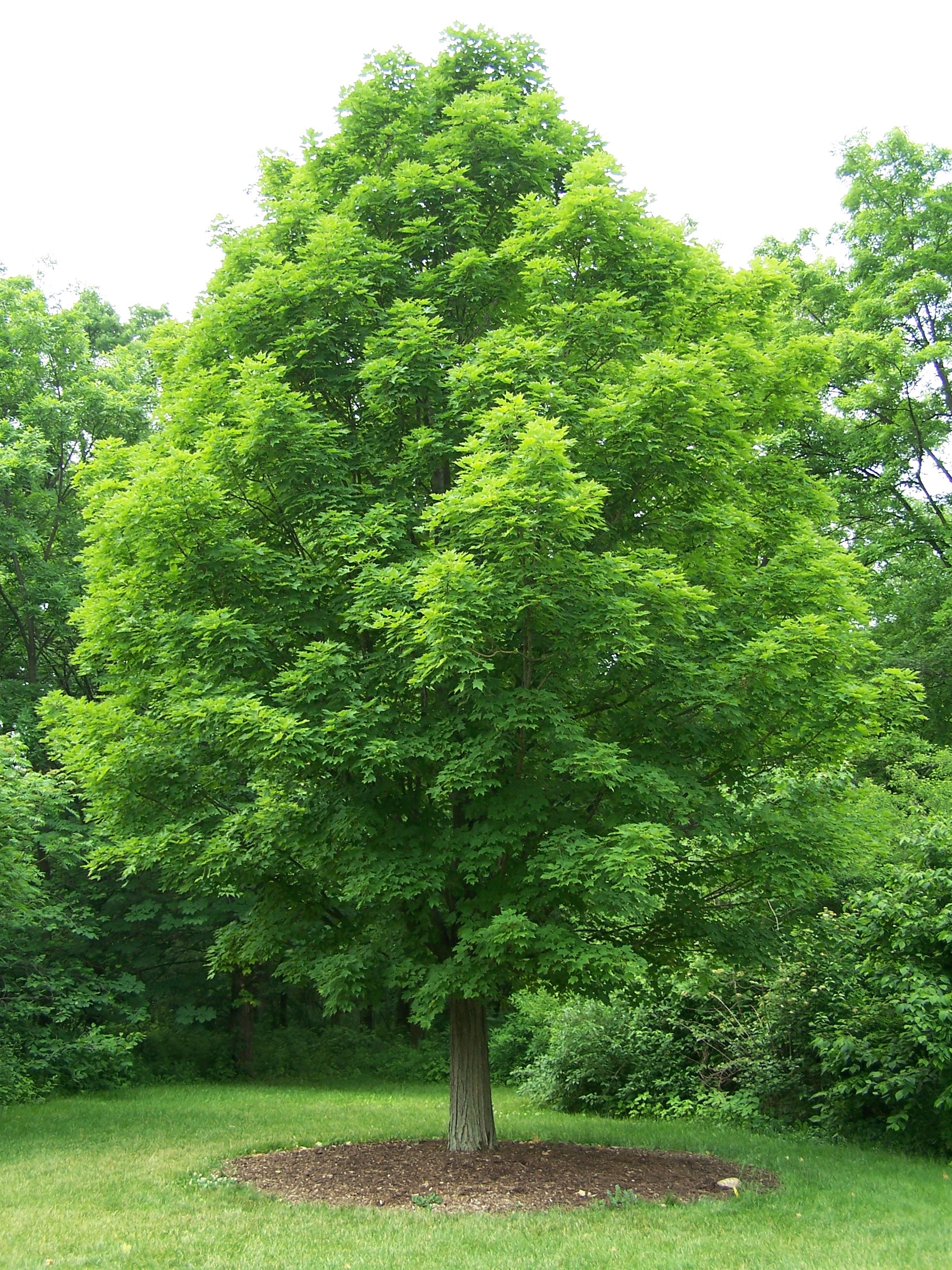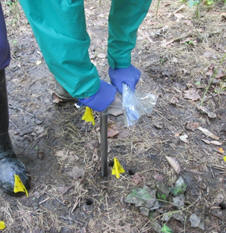Procedure
1. Identify a sugar maple tree:
 https://en.wikipedia.org/wiki/Maple_syrup
https://en.wikipedia.org/wiki/Maple_syrup
2.
Label 5 flags according
to their distance from the tree (ex. Nitrogen 1 is the closest to the tree;
Nitrogen 5 is the farthest from the tree)
 -Example of Flag- |
3. Use the flags to mark locations as follows: ½ a meter from the tree, 2 ½ meters from the tree, 4 ½ meters from the tree, 6 ½ meters from the tree, and 8 ½ meters from the tree in a straight line moving away from the tree (note: the 8 ½ meter flag should be in an area with no plant life to serve as the negative control; so the distances may need to be changed according to your site so that the distance between the flags is always an equal distance)
4.
Label 15 plastic bags
according to the corresponding flag and their distance from the flag and with
the date the soil is collected (ex. Nitrogen 1A, Day 1 is the first day of
collected soil, closest to the tree, and is to the right of the flag; Nitrogen
5C, Day 3 is the third day of collected soil, farthest from the tree, and is to
the left of the flag)
 -Example of Bag- |
5.
Hammer a soil extractor
into the ground, 20 cm right of the flag, until the soil is at the first marking
on the extractor, 15 cm deep and 2¼ in diameter.
|
-Example of soil extractor- |
6.
Twist the soil
extractor 360 degrees clockwise
 |
7.
Pull the soil extractor
out of the ground and remove the soil inside of the extractor into the
corresponding labeled bag
8.
Repeat step 5-7 with
the hammer directly next to the same flag and 20 cm left of the same flag
9.
Repeat steps 5-8 for
each flag.
10. Use a chemical test kit to complete soil extractions, nitrite tests, nitrate tests, and ammonia tests* to all of the collected soil samples
11. Record the data from the chemical tests in a notebook. The test results should be recorded in Parts Per Million (PPM) for each type of nitrogen.
12. Repeat steps 4-11 2 more times, with at least 24 hours between each sampling
| *Example of Ammonia Test* |
-Chemical Test Kit- |